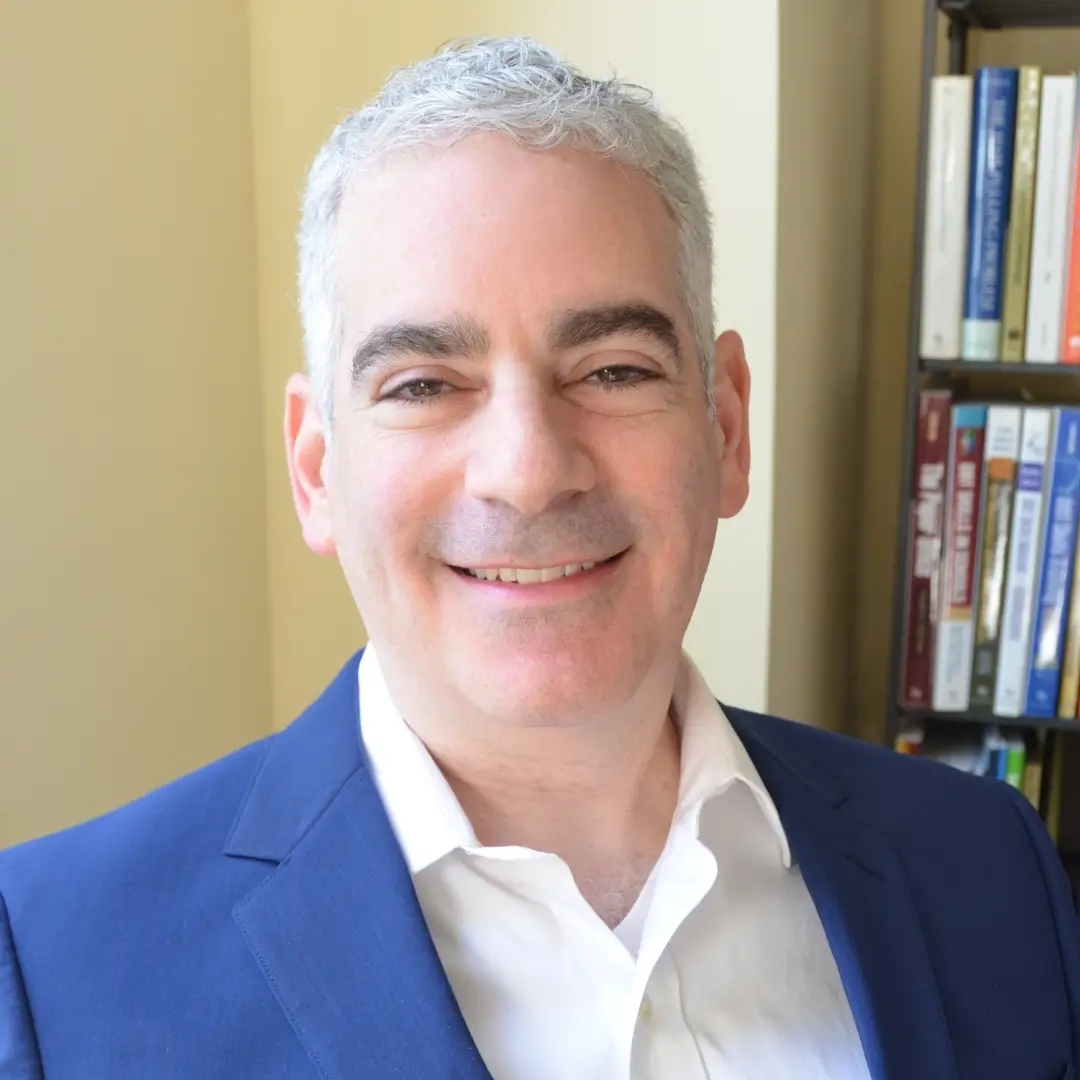For those persons suffering from obsessive-compulsive disorder (OCD), there are effective ways to get help. In fact, research has shown two treatments for OCD to be quite effective in reducing symptoms: 1) Exposure and response prevention therapy (also known as ERP), and 2) psychotropic medication. Which is better?
Treatments for OCD: Medication
Doctors and nurse practitioners will commonly prescribe Fluvoxamine (Luvox), sertraline (Zoloft), and fluoxetine (Prozac) to treat OCD. These three medications all belong to the same class (SSRIs) of medications. They are often used because of their low rates of severe side effects — they are considered quite safe.
Clomipramine (Anafranil) has been sometimes been found to be more effective than SSRIs in treatment of OCD (see Greist et al., 1995) but is generally held to have a less desirable side effect profile. other studies produced different results. All told, Clomipramine and the SSRIs are generally believed to be similarly effective in treating the symptoms of OCD. Clomipramine is part of an older class of medications called tricyclic antidepressants. It also works by affecting the way that serotonin is reabsorbed by neurons in the brain, just like SSRIs.
Unfortunately, a disadvantage of using any such medication is that symptoms often return once the medication is discontinued. One study found that this sort of relapse happens in almost 90% of cases (Pato et al., 1988). Despite that, many people opt for medication because it’s easy to do, and often affordable with most insurance plans.
Exposure and Response Prevention
ERP therapy has the advantage of lower relapse rates following treatment. Research has found that between 63% and 90% of patients respond to this type of therapy (Wilhelm et al., 2004). We also know that relapse rates following ERP therapy are significantly lower than they are for SSRI treatment. Why would this be?
One likely reason is that ERP teaches patients skills they can practice and use to reduce their symptoms. They can continue to use these skills for years after therapy is complete; ideally, their use becomes automatic, and long-lasting change follows.
Comparing the Two
SSRI treatment
Both SSRI medication and ERP therapy are effective and smart for treatments for OCD. However each of the two has pros and cons. The advantages of SSRI treatment include the following:
- Taking a pill every morning is easy to do
- SSRIs are commonly used for OCD and are usually well tolerated.
- If your insurance helps you obtain the medication, it’s often quite affordable
The disadvantages would include the facts that:
- SSRIs, like most medications, can have side effects. Typically these are mild, but they can include sexual side effects, headaches, insomnia and weight gain.
- For pregnant women, SSRIs are not ideal due to some documented risks of birth defects.
- SSRI treatment for OCD involves prescribing doses that are higher than those typically used for depression. This may have the effect of increasing risk of or severity of side effects.
Exposure and Response Prevention
The advantages of doing exposure and response prevention include the following:
- It’s all natural
- Some studies suggest it’s more effective alone for OCD than medication alone
- Gains made are likely to last longer than those made with medication treatment.
The disadvantages would be these:
- It can be hard to find a local provider specializing in OCD, although in major cities this is untrue
- Insurance often provides less coverage for ERP than it does for medication
- It takes time out of your weekly schedule
- It can be hard work exposing yourself to unpleasant feelings.
Overall we are fortunate to have two good options for OCD treatment, neither of which existed before 50 years ago. That’s good news!
What Else Do We Know About These Two Treatments?
The Brown Longitudinal OCD Study focused on the long-term changes seen in people who received one of several OCD treatments who sought help for their symptoms. The study was one of the largest of its kind.
One of the interesting findings to come from this study are estimates of how many people with OCD have tried various forms of treatment. Of the people studied, 86% received SSRI’s like Paxil, Prozac, or Zoloft. 54% of the people had received cognitive-behavioral therapy (CBT). That means that patients sought out or received medications more than 50% more frequently than CBT.
Understanding the Disparity Between Available OCD Treatments
Why were SSRIS more widely used than CBT? There may be several reasons. People may be more interested in a treatment that doesn’t require weekly visits, or at-home exercises. Perhaps people tended to visit a physician about their symptoms instead of a therapist. Maybe CBT was not readily available in the places the study participants lived. Perhaps they were not aware of CBT, but were aware of medications that can help OCD symptoms.
Whatever the reasons, the Brown Longitudinal OCD study showed that among people who were taking an SSRI at the time they started the study, 62% described themselves as experiencing significant improvement. Of those people who had received CBT in the past year, 67% rated themselves as experiencing significant improvement. These two numbers (62% vs. 67%) are close enough that we can describe SSRIs and CBT as comparably helpful in this study. Other studies have shown similar results.

CBT and medications for OCD work about equally well in many research studies. So why do more patients receive medications than therapy? Perhaps part of the answer lies in people’s personal preference around OCD treatments.
A Question of Marketing
But perhaps part lies in the media’s messages about the topic. Here I am referring to advertising. While the pharmaceutical industry only allocates 14% of its advertising moneys on television, radio, and other advertising directly to consumers, this amounts to approximately $8 billion per year (using 2004 figures as described in a January 2008 study published in the Public Library of Science — Medicine). When one considers the essentially negligible amount of funds dedicated to the advertising of CBT, the we can begin to make sense of the disparity between how often each treatment is given.
Subscribe to the Manhattan Center for Cognitive-Behavioral Therapy blog!









